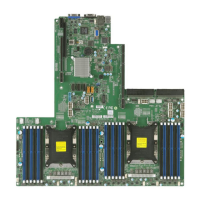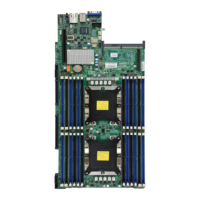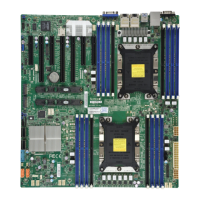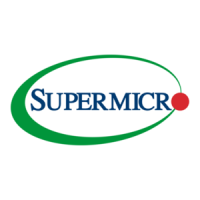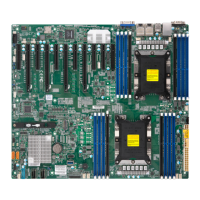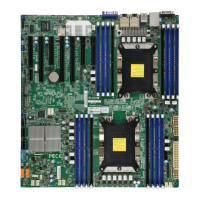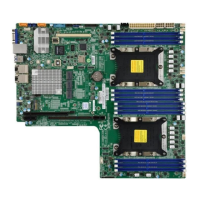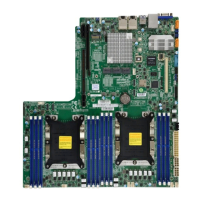Chapter 4: UEFI BIOS
83
Extended APIC (Extended Advanced Programmable Interrupt Controller)
Select Enable to use the extended APIC (Advanced Programmable Interrupt Control) support
to enhance power management. The options are Disable and Enable.
AES-NI
Select Enable to use the Intel® Advanced Encryption Standard (AES) New Instructions (NI)
to ensure data security. The options are Disable and Enable.
Advanced Power Management Conguration
CPU P State Control
SpeedStep (Pstates)
EIST (Enhanced Intel® SpeedStep™ Technology) allows the system to automatically
adjust processor voltage and core frequency to reduce power consumption and heat
dissipation. The options are Disable and Enable.
Activate PBF (Available when SpeedStep is set to Enable)
Select Enable to enable Prioritized Base Frequency (PBF) feature support which will
enhance CPU performance. The options are Disable and Enable.
Congure PBF (Available when Activate PBF is set to Enable)
Select Enable to allow the BIOS to congure high priority CPU cores as Prioritized Base
Frequency (PBF) so that software programs do not have to congure the PBF (Prioritized
Base Frequency) settings. The options are Enable and Disable.
EIST PSD Function
This feature allows the user to change the P-State (Power-Performance State) coordina-
tion type. P-State is also known as "SpeedStep" for Intel® processors. Select HW_ALL to
change the P-State coordination type for all hardware components only. Select SW_ALL
to change the P-State coordination type for all software installed in the system. Select
SW_ANY to change the P-State coordination type for a particular software program
specied by the user in the system. The options are HW_ALL, SW_ALL, and SW_ANY.
Turbo Mode (Available when Intel® EIST Technology is enabled)
Select Enable to use the Turbo Mode to boost system performance. The options are
Disable and Enable.
Hardware PM State Control
Hardware P-States
This feature enables the hardware P-States support. The options are Disable, Native
Mode, Out of Band Mode, and Native Mode with No Legacy Support.
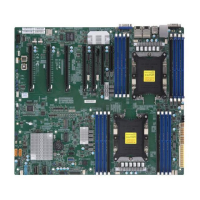
